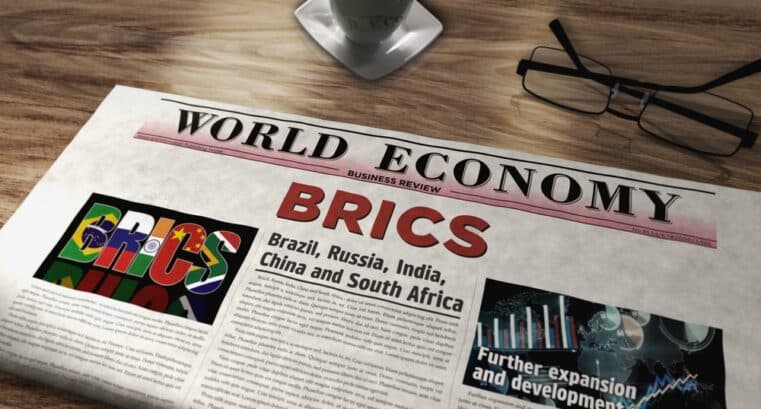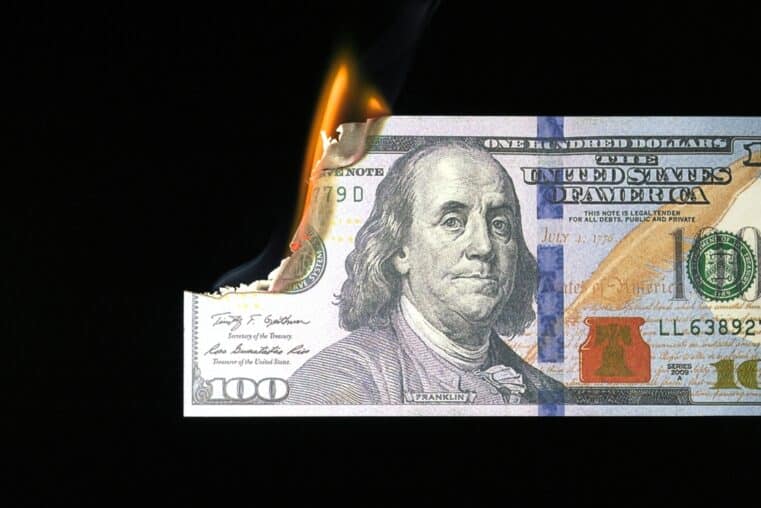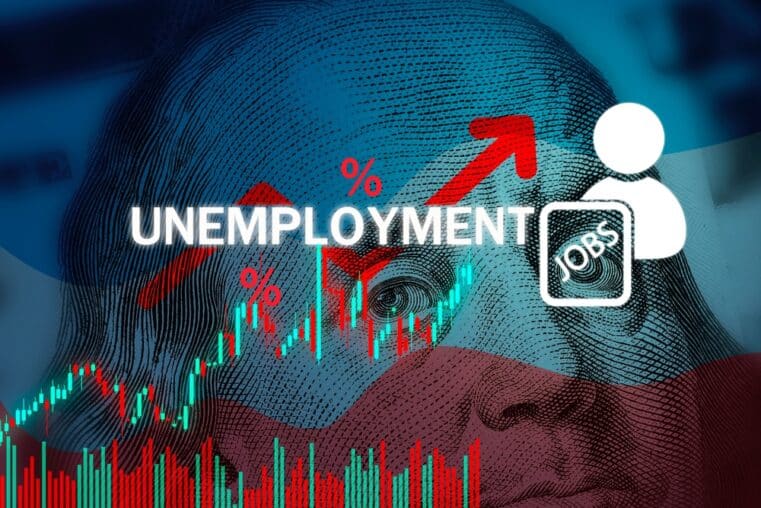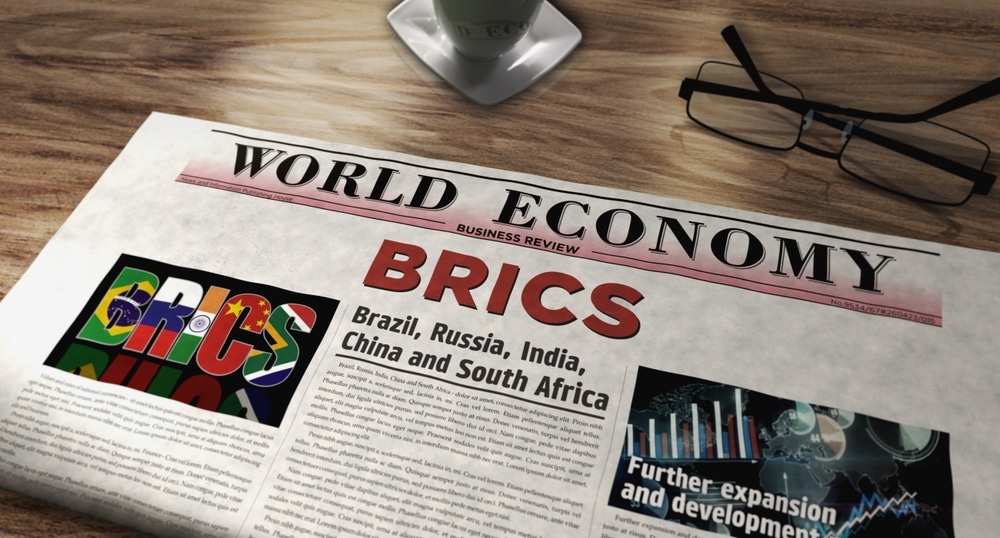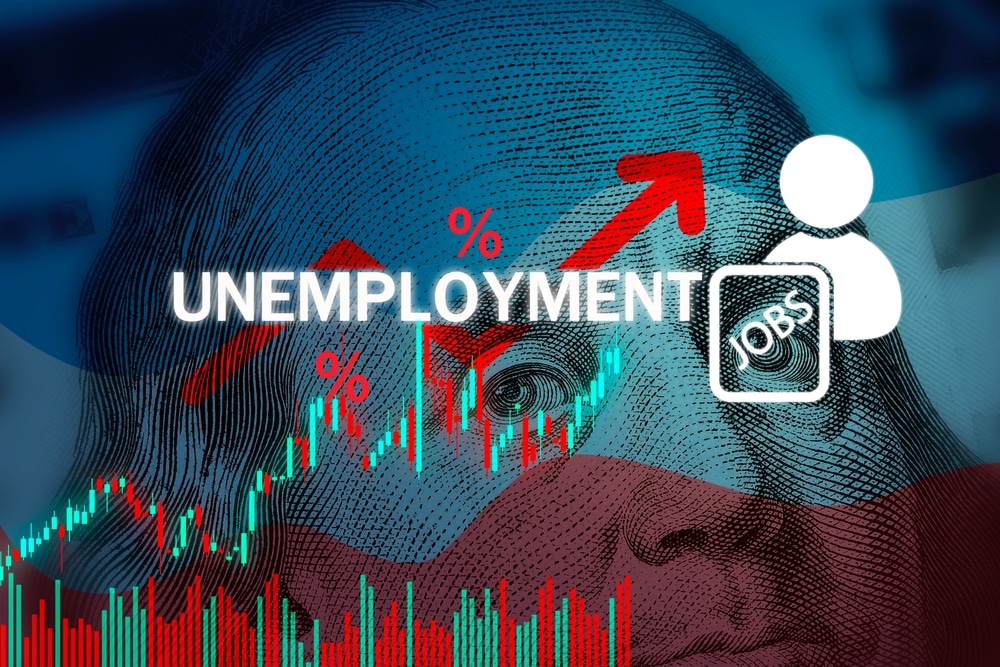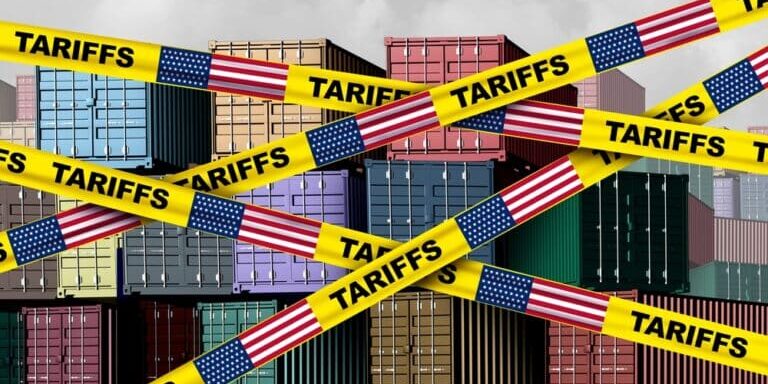
Understanding the Real Costs of Protectionism in a Global Economy
New Tariffs Shake the Global Trade Landscape
In February 2025, President Trump implemented a new round of tariffs—25% on imports from Canada and Mexico, 10% on Chinese goods, which doubled to 20% last week, and an additional 10% on Canadian energy. These aren’t marginal partners: in 2024, imports from China, Mexico, and Canada made up over 40% of total U.S. imports. Investors responded predictably—by pulling out of tariff-sensitive sectors, particularly those with elastic demand. On March 11, the U.S. stock market took a noticeable dip as uncertainty spread.
So what are tariffs, and what do they actually do to an economy that relies on global integration?
Tariffs vs. Free Trade: A Primer
Free trade rests on the principle of comparative advantage—the economic idea that countries benefit by specializing in what they do best and trading for everything else. A free-market approach allows for lower prices, better quality, and efficient allocation of resources. Tariffs, however, are taxes on imports, designed to limit that flow of goods and push consumers toward domestic alternatives.
While free trade saw its global peak post-1995 with the rise of the World Trade Organization, tariffs remain a go-to policy lever for governments trying to manipulate trade outcomes—despite the higher costs imposed on domestic consumers.
Short-Term Gains, Long-Term Costs
Tariffs can temporarily reduce imports and boost domestic production. But this comes at a price: higher input costs and higher consumer prices, especially in sectors with inelastic demand. As supply contracts and costs rise, this creates inefficiencies known as Deadweight Loss—a pure economic waste where resources are neither efficiently produced nor consumed.
Tariffs also act as regressive taxes, disproportionately hurting lower-income households who spend a larger share of their income on essentials. And when tariffs are placed on intermediate goods—like steel, semiconductors, or textiles, which account for two-thirds of global trade—the inflationary impact cascades down the entire supply chain.
The “Infant Industry” Defense—and Its Pitfalls
Some argue that tariffs are necessary to protect new or "infant" industries from foreign competition, allowing them to grow. But as Frederic Bastiat warned in his satirical 1845 essay “Candlemakers’ Petition,” this reasoning often masks corporate self-interest, not national benefit.
In practice, protectionism breeds inefficiency, cronyism, and a lack of innovation. Firms shielded from competition have little incentive to improve. A 2019 study by Furceri et al. found that tariff increases lead to a 0.4% decline in output growth over five years.
Case in point: the 2018 U.S. Steel Tariff created around 1,000 new steel jobs, but cost downstream industries an estimated 75,000 jobs, with a per-job cost of $900,000—a textbook example of seen benefits and unseen costs.
Tariffs in the Name of National Security
Another argument in favor of tariffs centers on national security—the idea that countries must protect strategic sectors like energy or semiconductors. This concern isn’t unfounded. The COVID-era supply chain breakdowns and US-China tensions led many firms to pivot toward “friendshoring,” shifting operations to places like Vietnam and India under the China+1 strategy.
But logistical hurdles persist. Chinese companies have routed products through third countries like Mexico and Vietnamto bypass tariffs, often with substantial Chinese investment behind the scenes. To counter this, the U.S. has pressured these countries to enact their own tariffs on Chinese goods, creating a chain reaction of protectionism.
Protectionism’s Weak Spot: Innovation
While national security is a valid concern, tariffs are a blunt instrument. Stockpiling strategic resources or investing in innovation is far more effective than artificially supporting uncompetitive industries. Just look at high-tech sectors like AI or advanced manufacturing—they thrive on open competition, not insulation.
History offers more proof. Despite U.S. tariffs on Japanese and German cars in the 1970s and 1980s, those foreign automakers outperformed U.S. firms by innovating superior, fuel-efficient models. And as political scientist Richard Rosecrance pointed out, economic interdependence through trade tends to reduce the likelihood of war—a benefit tariffs do not offer.
Retaliation and Trade Deficits: Rethinking the Logic
Trade deficits are often used to justify tariffs, but the relationship is more complex. Deficits can fund investment and create U.S. jobs through reinvestment of foreign capital. America’s lower merchandise exports compared to China or Germany have as much to do with domestic inefficiencies as with foreign trade practices.
Retaliatory tariffs, such as those levied against Chinese EVs and batteries, may seem like tit-for-tat corrections. But according to Milton Friedman, even if China subsidizes its exports, Americans benefit by paying lower prices—and those Chinese dollars ultimately flow back into the U.S. economy through future purchases or investments.
The Long View: A History of Tariff Mistakes
High tariffs have a checkered past. During the Gilded Age, U.S. industries like textiles and chemicals, shielded by tariffs, lagged in productivity. Meanwhile, exposed sectors like electrical machinery innovated and thrived.
The Smoot-Hawley Tariff Act of 1930 worsened the Great Depression, and it wasn’t until the late 20th century that the U.S. began pulling back from protectionism. Post-WWII, newly independent nations tried tariff-heavy policies, but only those like South Korea and Singapore—who pursued export-led growth—succeeded at scale.
Tariffs vs. Subsidies: Two Sides of the Same Coin
Some argue that domestic subsidies are preferable to tariffs, but both distort the market. Subsidies shift the cost to taxpayers, while tariffs push it to consumers. Both create inefficiencies and can spark trade conflicts—as seen in the EU's farm subsidies and the long-running Airbus vs. Boeing dispute between the EU and U.S.
Often, subsidies are just bandaids—meant to offset the damage tariffs already caused. That’s not a long-term strategy. It’s a policy patchwork with costs borne by citizens who may never benefit from the outcomes.
Conclusion: Do Tariffs Ever Make Sense?
To wrap it up, consider this quote from Milton Friedman in 1978, where he critiqued steel tariffs by comparing them to growing bananas in greenhouses in Utah:
“If we had a high enough tariff on the import of bananas, it could become profitable to build hot houses and grow bananas... That would give employment. Would that be a sensible thing to do? If that isn’t sensible then neither is it sensible to artificially restrict the import of steel.”
Friedman’s logic still applies today. Tariffs may offer short-term political wins, but they carry long-term economic costs. They increase prices, distort trade, stifle innovation, and entrench inefficiencies. While national security and strategic resilience are important goals, they demand smarter, more targeted solutions than the blunt force of protectionism.
Want to understand how to shield your finances from the unintended fallout of protectionist policies, inflation, and economic shocks? Start here:
- 📘 Download the 7 Steps to Protect Your Account from Bank Failure
- 📖 Get Bill Brocius' book: “The End of Banking As You Know It”
- 💡 Join the Inner Circle Newsletter for $19.95/month
Stay informed. Stay prepared. Stay sovereign.




